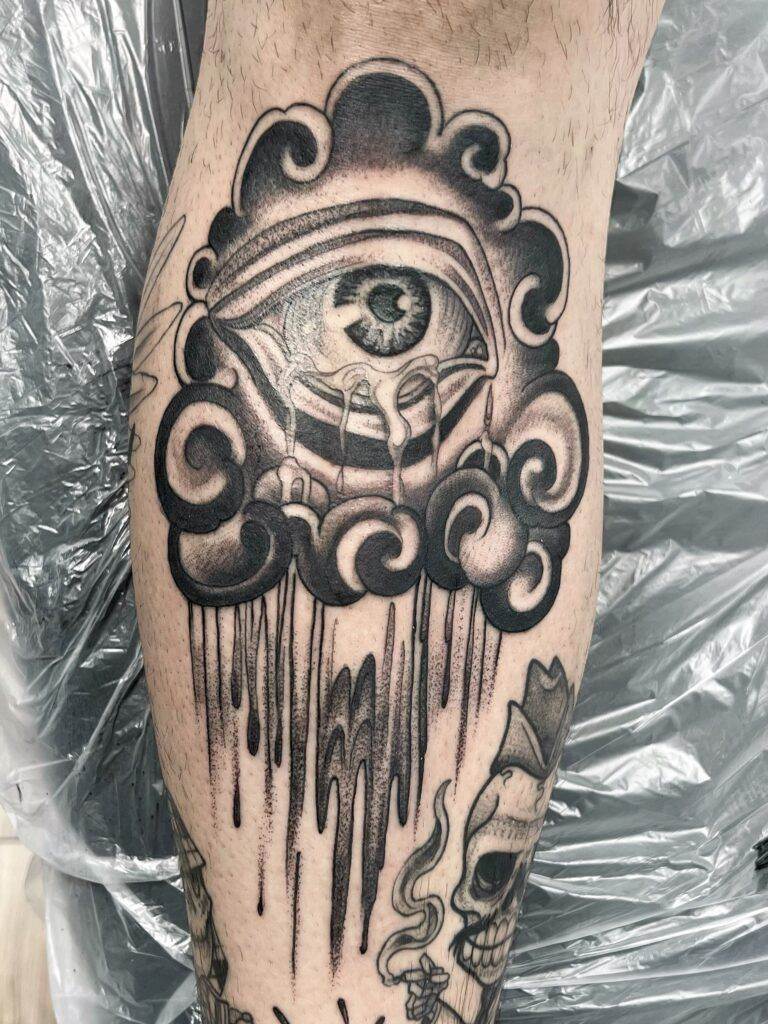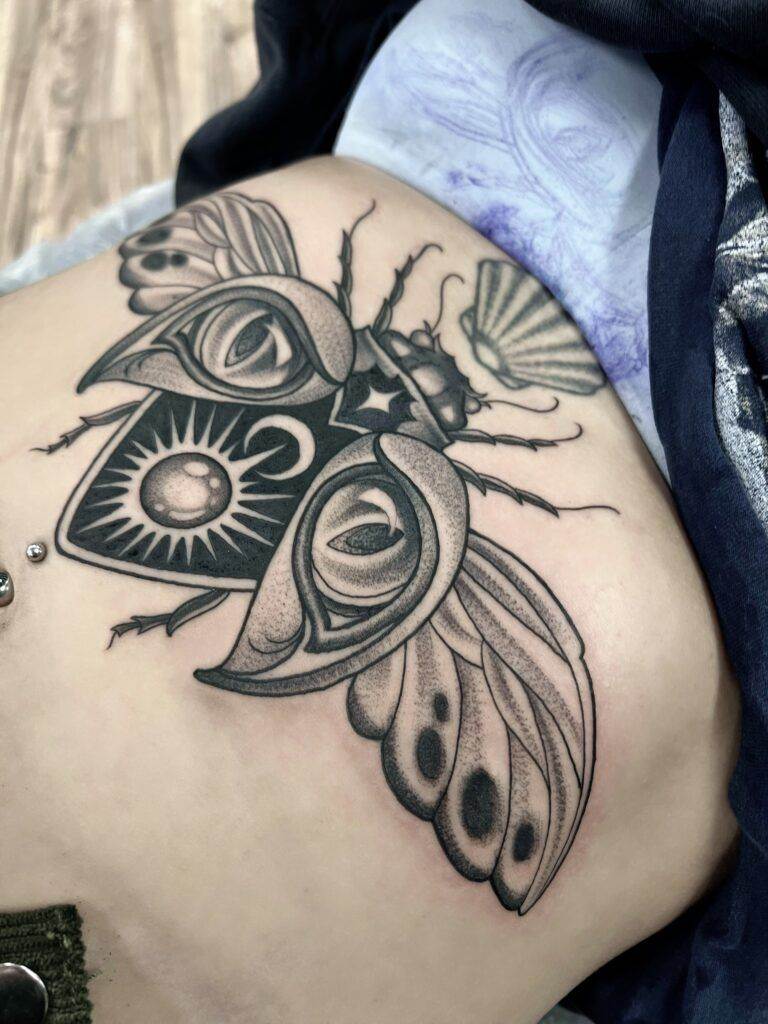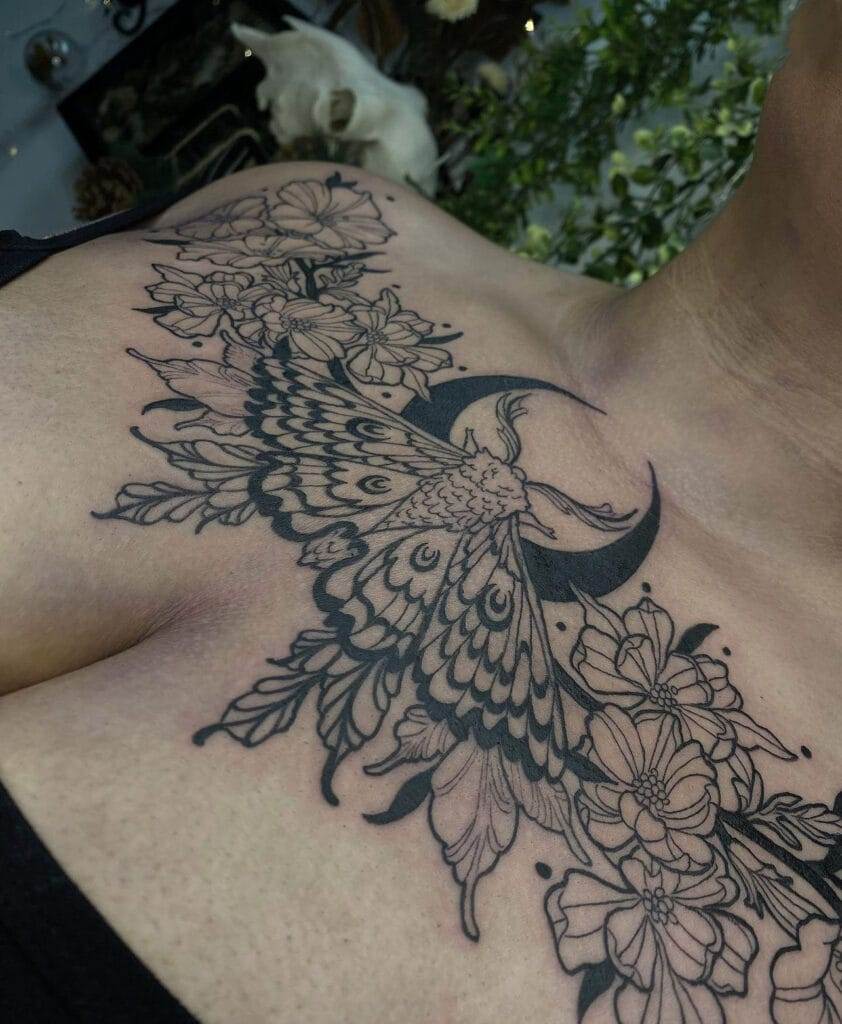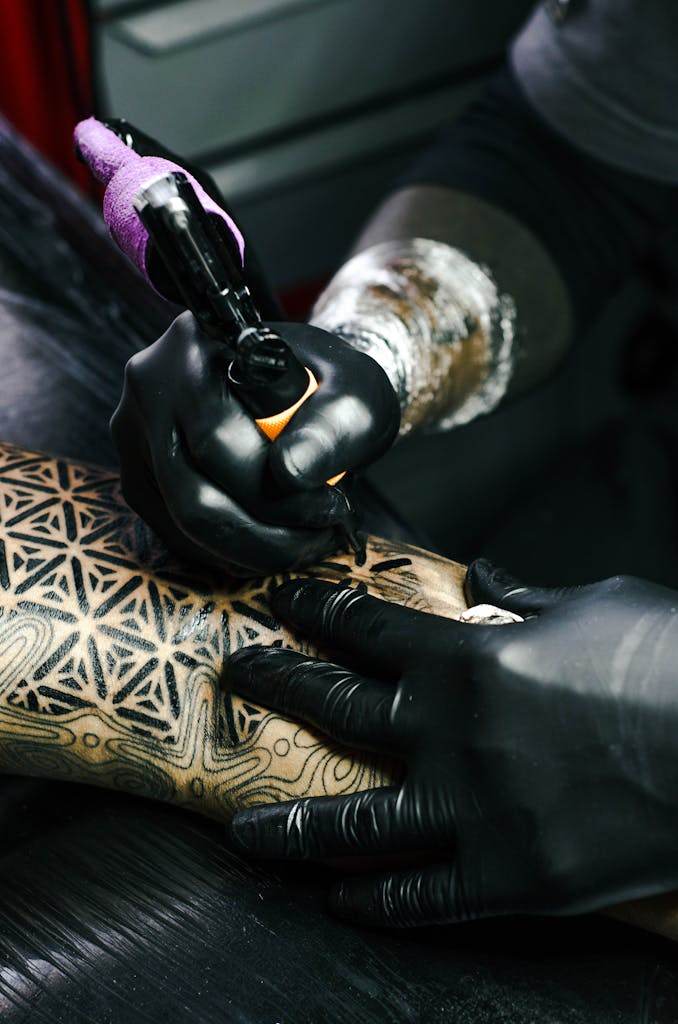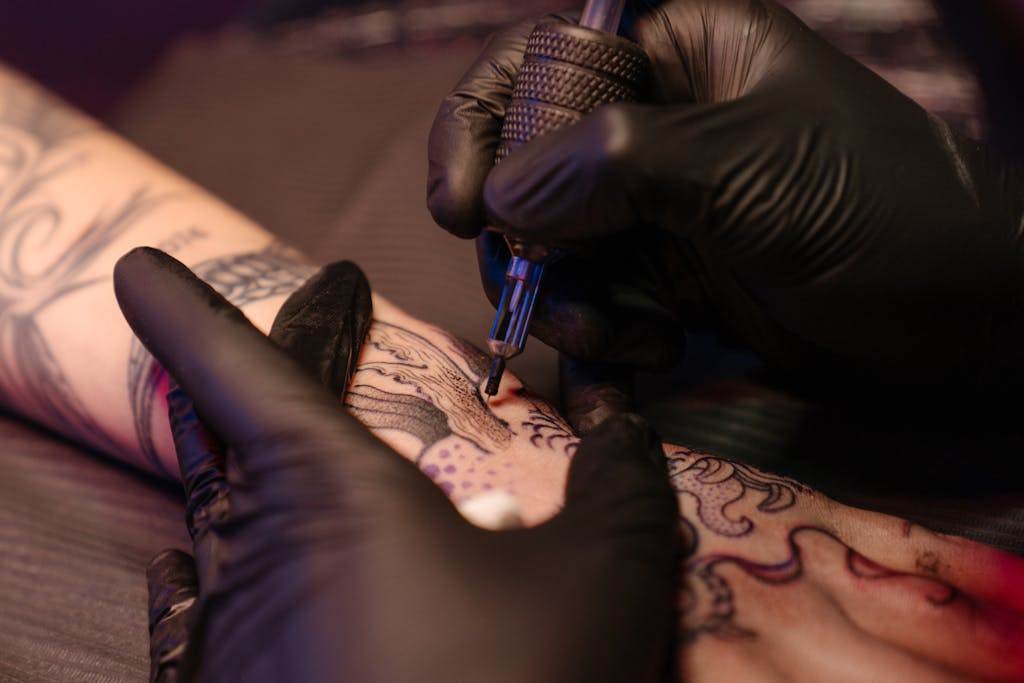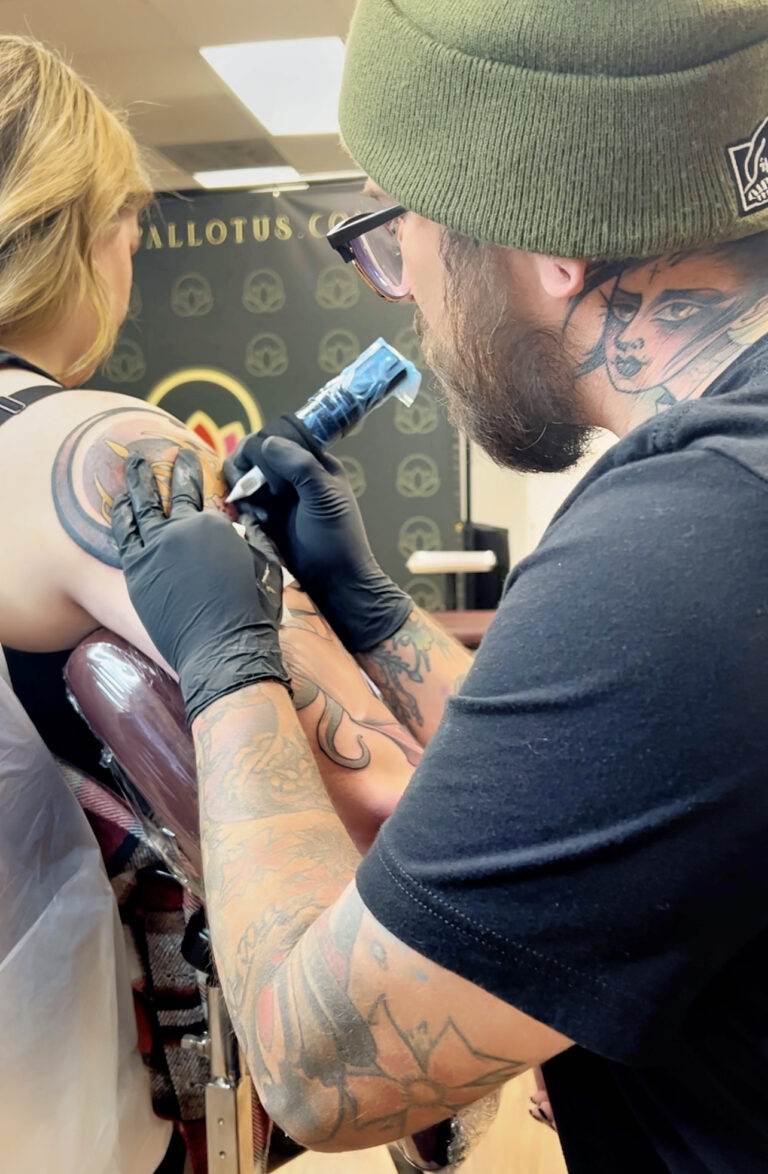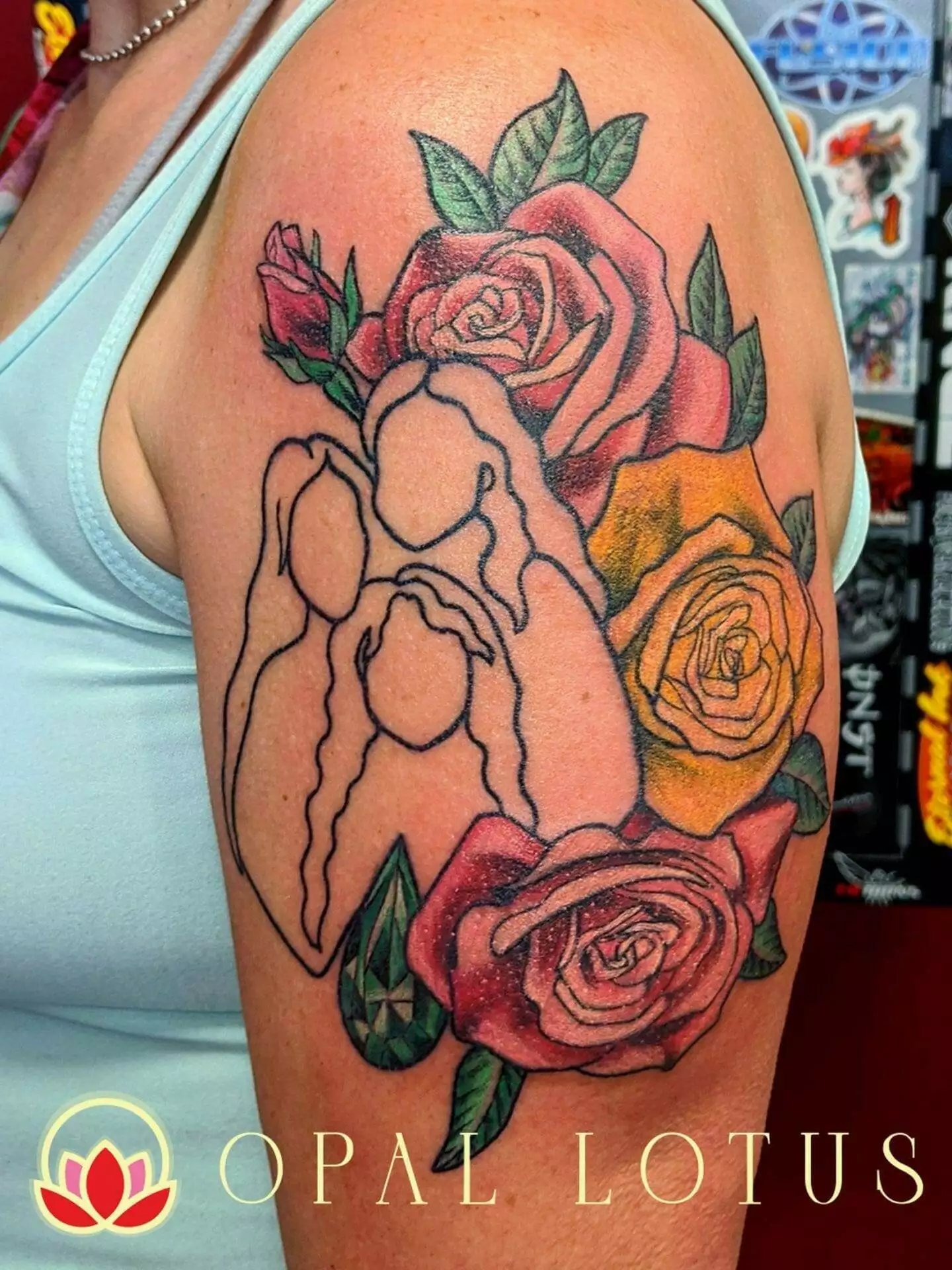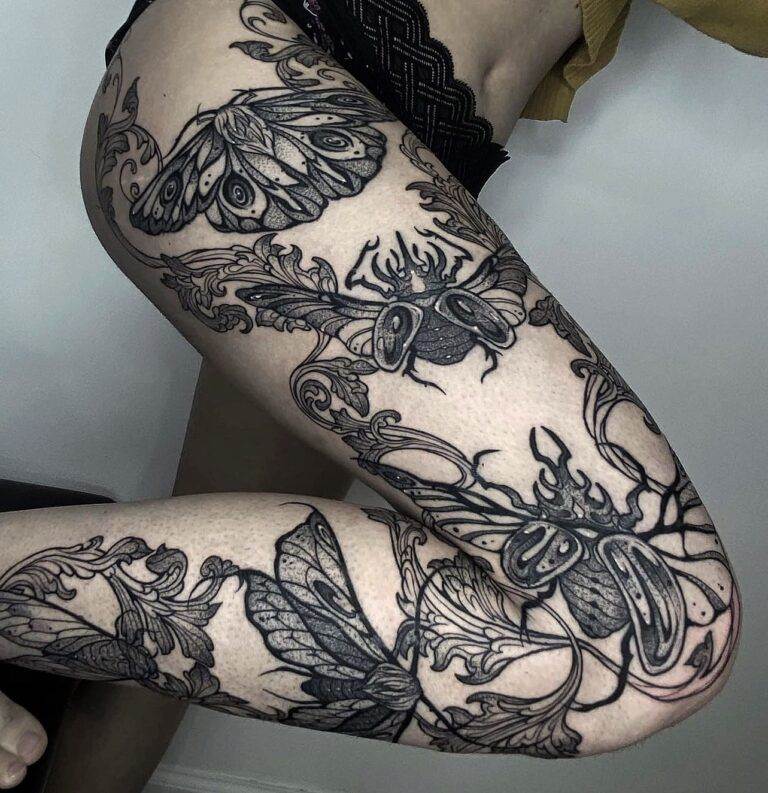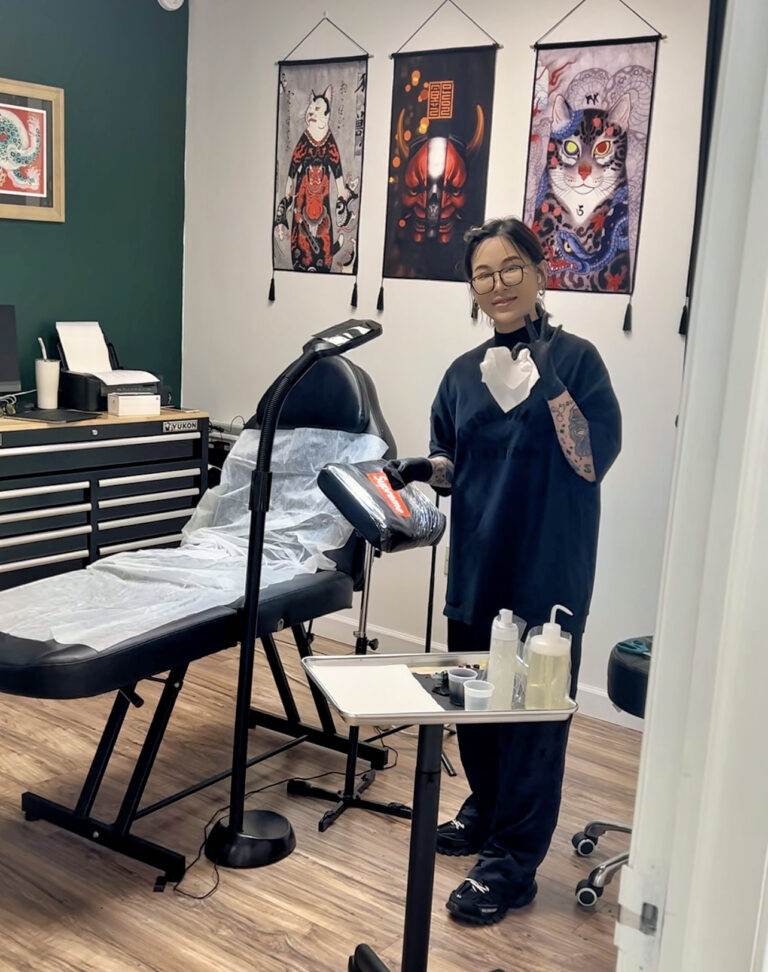History of Tattooing Techniques
Traditional Tattooing Methods
Tattooing has a rich and diverse history that spans across cultures and continents. Traditional methods of tattooing often relied on natural materials, with techniques varying widely depending on the geographic and cultural context. In ancient times, tattoos were applied using several methods, including:
- Hand-Tapping: This method involved using sticks or bamboo to tap inked needles into the skin. It is prevalent in various indigenous cultures, especially in Polynesia, where intricate patterns tell stories or represent tribal affiliations.
- Rubbing Ink: Some cultures, like the Māori of New Zealand, used a combination of sharpened tools and ink made from natural sources, rubbing the pigment into cuts made in the skin. This not only created a beautiful design but also served as a rite of passage.
Each technique was deeply rooted in ritual, history, and self-expression, turning the body into a canvas that reflects personal and communal identities.
Introduction of Modern Techniques
As society evolved, so did the techniques of tattooing. The late 19th and early 20th centuries brought significant advancements that transformed traditional practices into what we recognize as modern tattooing today.
- Electric Tattoo Machines: The invention of the electric tattoo machine by Samuel O’Reilly in 1891 revolutionized the process, making it faster and more efficient. This machine allows for finer lines and more detailed designs than ever before.
- Color Pigmentation: Previously, tattoos were predominantly black or dark hues. Modern techniques involve a wide palette of colors and shading, allowing for hyper-realistic designs and greater artistic freedom.
This evolution continues to shape the tattooing landscape. As artists experiment with new techniques and styles, tattoos have become a recognized form of art, bridging the gap between tradition and contemporary expression. With modern advancements, the tattooing experience has transformed from a predominantly cultural act into a widely accepted form of personal expression, artistry, and identity in today’s world.
Advancements in Tattoo Machines
Coil Machines
As the tattooing craft advanced, so did the tools artists used. One of the earliest and most popular tattoo machines is the coil machine. Established in the late 1800s, these machines operate using electromagnetic coils to drive the needle up and down.
- How They Work: Coil machines consist of a simple circuit that uses electrical current to create a magnetic field. When current flows, the coil becomes magnetized, pulling the armature bar and driving the needles into the skin.
- Customization: One of the significant advantages of coil machines is the ability to customize them. Artists can alter settings such as speed and stroke length depending on the desired outcome, whether lining or shading.
While coil machines remain a staple in many tattoo studios, tattoo artists often discuss their pros and cons. They may be heavier and lead to fatigue over long sessions, but many artists appreciate the control and feel they offer.
Rotary Machines
In contrast, rotary machines represent a significant shift in tattoo technology. Emerging in the 20th century, these machines use a rotating motor to move the needle, providing a different experience altogether.
- Quiet and Efficient: Rotary machines operate quietly and smoothly, making them less disruptive during tattoo sessions. This trait is particularly appealing for artists who work long hours, as they tend to cause less vibration and strain on the hands.
- Versatility: Artists often find rotary machines versatile, as they can seamlessly transition between different styles, whether it’s fine-line work or heavy shading.
- Lower Skin Trauma: Many in the industry argue that rotary machines cause less trauma to the skin, leading to better healing and less scarring, which is essential for achieving high-quality results.
With innovations like the rotary machine, artists can embrace new techniques while still honoring traditional practices. This ongoing evolution showcases the tattoo industry’s ability to adapt and incorporate advancements that improve both process and outcome. As technology continues to advance, the potential for further refinements in tattoo machines remains an exciting frontier for artists and enthusiasts alike.
Evolution of Ink in Tattooing
Traditional Ink Ingredients
As tattooing techniques evolved, so did the materials used, notably the inks. Traditional ink ingredients were often derived from nature, reflecting the resources available to different cultures at the time.
- Common Ingredients: Some of the most widely used materials included:
- Charcoal: Burnt wood or bone created a fine black powder, easily mixed with water or other natural binders to form a paste.
- Plants and Fruits: Certain fruits and plants, like indigo or henna, were crushed to produce vibrant colors. These natural dyes not only provided beautiful hues but also ensured the tattoos were deeply rooted in cultural significance.
- Mineral-based substances: Some cultures used finely ground minerals to create colors like red from ochre or yellow from turmeric.
These natural inks allowed ancient artists to create lasting impressions, albeit with limitations on color and durability. Patiently prepared and applied, traditional inks carried significant cultural meanings, often tied to identity and rituals.
Modern Pigments and Inks
With the advent of the modern tattoo industry, the composition of tattoo inks underwent a significant transformation. Today’s tattoo inks focus on safety, longevity, and an expansive palette.
- Synthetic Pigments: Modern inks often utilize synthetic pigments, which offer a wider range of colors and enhanced vibrancy.
- Example Colors: The ability to achieve bold reds, rich blues, and bright yellows was unthinkable with traditional inks, allowing artists to experiment and innovate like never before.
- Safety and Regulations:
- Modern inks are subjected to rigorous testing for safety standards. Many brands now provide information on their ingredients, reassuring clients about the substances being used on their skin.
- Artists often prefer inks that are vegan and free from heavy metals, providing peace of mind to both themselves and their clients.
- Longevity and Fading: Today’s inks are designed to be long-lasting and resistant to fading, meaning tattoos maintain their vibrancy for many years compared to their traditional counterparts.
The evolution of ink in tattooing reflects both a commitment to artistic expression and a dedication to safety. As technology advances, artists continue to push the boundaries of creativity, ensuring that tattoos remain a dynamic and crucial part of modern culture.
Safety and Hygiene Practices in Tattoo Industry
Health Regulations
As the tattoo industry continues to flourish, the importance of safety and hygiene practices has never been more critical. Recognizing the potential health risks involved in tattooing, various health regulations have been established to protect both clients and artists.
- Licensing and Certification: Most regions require tattoo artists and studios to obtain proper licenses and certifications. This typically involves education on hygiene practices and the potential risks associated with tattooing.
- Regular Inspections: Health authorities often conduct inspections of tattoo studios to ensure compliance with safety regulations. These inspections may include:
- Checking for proper sanitation practices.
- Reviewing the artist’s knowledge of infectious disease prevention.
- Ensuring that equipment and workspaces are maintained at a high standard.
- Documentation: Artists are often required to keep records of their skills and ongoing education, showcasing their commitment to maintaining industry standards.
By adhering to these regulations, tattoo studios can foster a safer environment, ultimately leading to increased trust from clients.

Sterilization Techniques
Sterilization techniques play a pivotal role in maintaining a hygienic tattooing process. Artists utilize a combination of methods to ensure that everything remains as clean and safe as possible.
- Single-Use Equipment: Many artists now use disposable needles and tubes, which are discarded after each use. This significantly reduces the risk of cross-contamination and infection.
- Autoclaving: For equipment that can be reused, such as some metal tools, autoclaving is a standard practice. This method uses high-pressure steam to sterilize instruments effectively.
- Sanitization Procedures: Artists often employ rigorous sanitization procedures, which may include:
- Surface Cleansing: Work surfaces are thoroughly cleaned with medical-grade disinfectants before and after each tattoo session.
- Hand Hygiene: Artists frequently wash their hands and use gloves, which are changed regularly during the process.
As a testament to the industry’s commitment to safety, many professionals also stay informed about the latest sanitization technologies, ensuring their practices align with best health standards. These robust safety and hygiene practices not only protect clients but also enhance the reputation of the tattooing profession as a whole. With ongoing education and adherence to regulations, the tattoo industry can thrive in a safe and responsible environment.
Technological Innovations in Tattooing
Laser Tattoo Removal
As tattooing evolves, so do the methods for managing tattoos that no longer serve their original purpose. Laser tattoo removal is one of the most significant technological advancements in this arena, revolutionizing the way individuals can alter or erase their body art.
- How It Works: Laser tattoo removal employs high-intensity light beams that target the tattoo ink particles beneath the skin.
- Fragmentation: The intense light breaks the ink into smaller particles, allowing the body to naturally absorb and eliminate them over time.
- Effectiveness and Precision: One of the main advantages of laser removal is its precision. Different wavelengths can be used to target specific colors, making it effective for a wide range of inks. This ensures that the surrounding skin remains relatively unharmed, minimizing the risk of scarring.
- Session Requirement: Depending on the size and complexity of the tattoo, multiple sessions are often required. While each session can be slightly uncomfortable, advances in technology mean many clinics now offer numbing options for client comfort.
For anyone considering tattoo removal, understanding the process behind laser treatments helps demystify what happens during sessions and encourages informed decisions.
3D Tattooing Techniques
On the creative side, 3D tattooing techniques are gaining traction, pushing the boundaries of artistry and design. These techniques allow artists to create tattoos that appear to have depth and dimension, transforming the body into a stunning canvas.
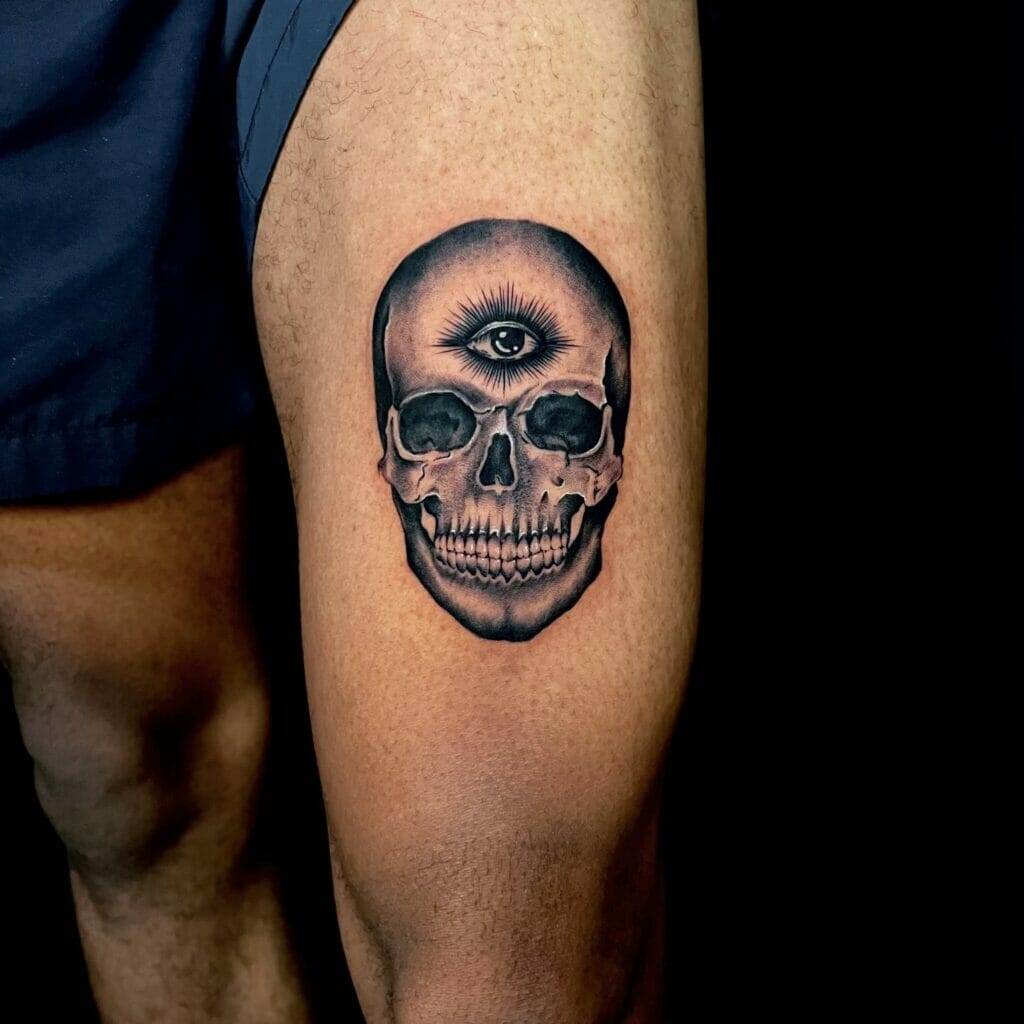
- Creating Depth: By using shading, perspective, and color contrasts effectively, 3D tattoos can create the illusion of objects or designs popping off the skin.
- Popular Designs: Themes often include realistic flowers, animal portraits, and intricate geometric designs that add a striking visual appeal.
- Advanced Techniques: Some artists have begun employing computer software to design tattoos, offering clients a chance to preview how their tattoo will look on their skin. This fusion of technology and artistry ensures precision and personalization.
- Augmented Reality: An emerging trend in 3D tattooing involves augmented reality (AR), where clients can use a smartphone or AR glasses to see animations or effects connected to their tattoos, enhancing the overall experience.
These innovations contribute to a vibrant tattoo culture, emphasizing creativity, personalization, and the importance of client satisfaction. As technology continues to develop, tattoo artists can provide evolving options, ensuring that the art form remains relevant and engaging in today’s world.

